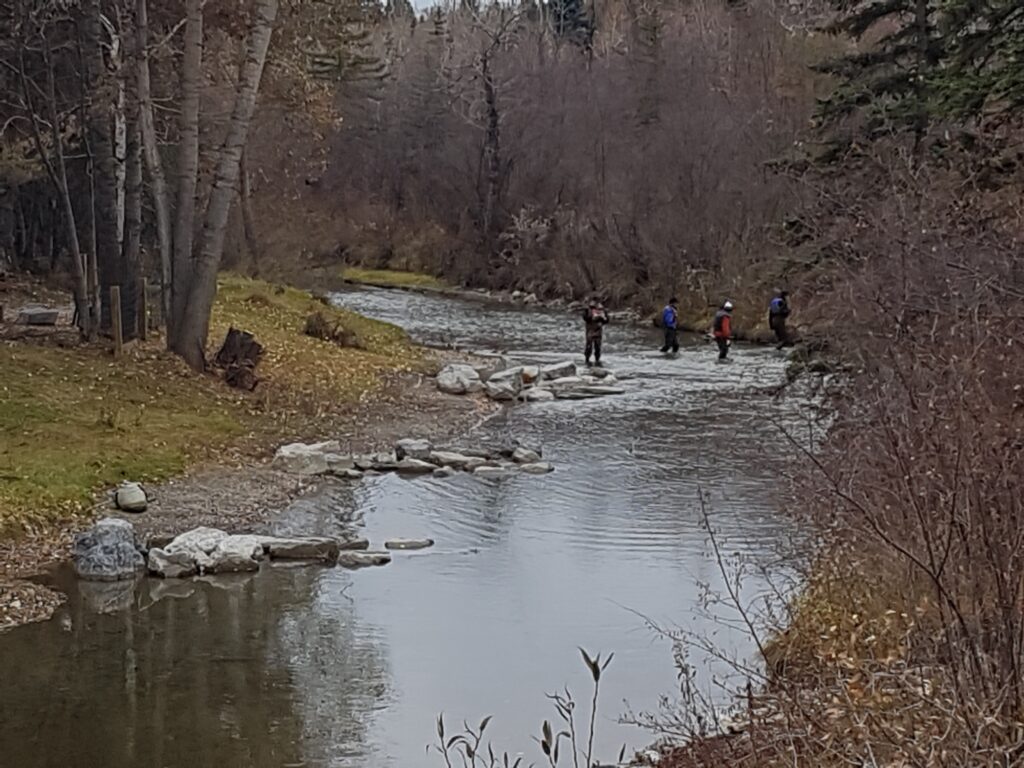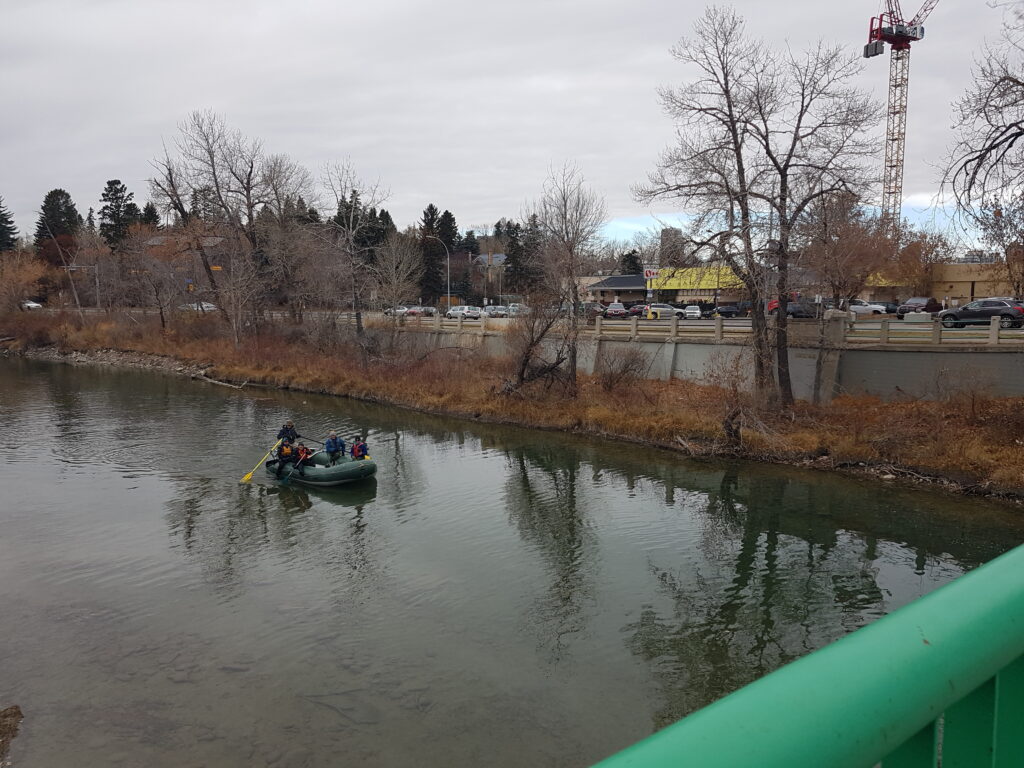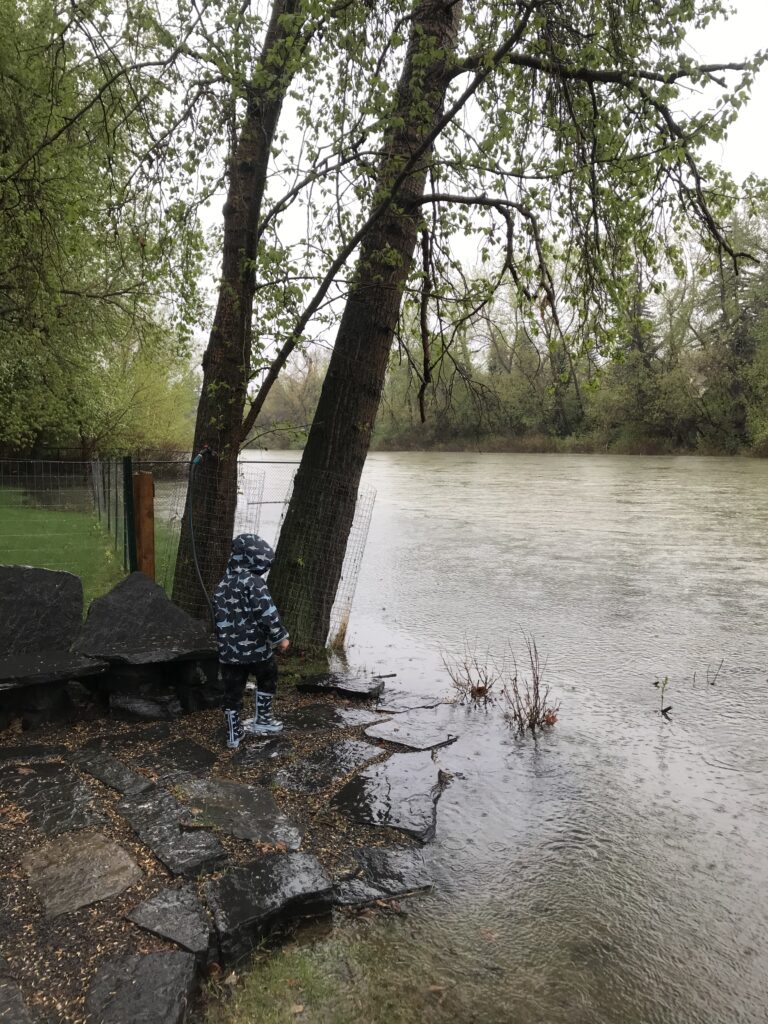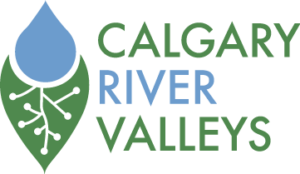Water & Land Use
 Land use and development practices are critical to watershed health. Like all rivers, the water quantity and quality in the Bow and Elbow Rivers depend on the land area within their watersheds, but the idea that managing a river really involves managing land is only now emerging as a serious practice.
Land use and development practices are critical to watershed health. Like all rivers, the water quantity and quality in the Bow and Elbow Rivers depend on the land area within their watersheds, but the idea that managing a river really involves managing land is only now emerging as a serious practice.
Historically, water management in Alberta has focused on water licenses, approvals and the management of instream flows. As important as these functions are, managing for water quality and a dependable supply have become increasingly important. In ecological systems, everything is connected to everything else by complex exchanges and interconnections.
Surface water, groundwater and wetlands all have connections and interconnections with the physical and biological components of the landscape. In order to manage our watersheds effectively, this whole web of interconnections needs to be understood and managed as a whole. In this context, watershed management recognizes three crucial characteristics:
The connections between surface water and groundwater and the importance of wetlands and riparian areas;
The connections between land use and infrastructure and water quality and quantity;
That both water management and land use decisions must consider the future of natural watershed functions.
Calgary’s river valleys have changed dramatically over the last one hundred years.
 Calgary’s relentless history of urbanization has been focused and continues to focus on the river valleys and floodplains of the Bow and the Elbow Rivers. The extent of Calgary’s physical growth and its regional land use influence is now at a watershed scale. This affects the future conditions of the Bow and Elbow Rivers as well as the future quality of life for every Calgarian. Calgary’s river systems are a fundamental part of our sense of place and identity as well as a critical life support system. Given the regional extent of Calgary’s growth pressures and the increasing scale and rate of landscape change currently in progress – the future of Calgary’s watersheds and river valleys is not as certain as we would like.
Calgary’s relentless history of urbanization has been focused and continues to focus on the river valleys and floodplains of the Bow and the Elbow Rivers. The extent of Calgary’s physical growth and its regional land use influence is now at a watershed scale. This affects the future conditions of the Bow and Elbow Rivers as well as the future quality of life for every Calgarian. Calgary’s river systems are a fundamental part of our sense of place and identity as well as a critical life support system. Given the regional extent of Calgary’s growth pressures and the increasing scale and rate of landscape change currently in progress – the future of Calgary’s watersheds and river valleys is not as certain as we would like.
Originally established in 1991 as the River Valleys Committee, Calgary River Valleys (formally, the Calgary River Forum Society) gives advice to City Council on issues affecting Calgary’s rivers and valleys and is well positioned to bring the influence and expertise of over 50 diverse member groups to its role in helping to shape civic policy and action. It is now more important than ever for a group like CRV to take action to fulfill this unique mandate.
A number of important and far-reaching land use and development policies have recently been adopted and more projects are currently in progress, with far reaching implications. For example, in 2009 The City completed a comprehensive revision of its municipal development and transportation plans (aka: Plan-It-Calgary), numerous regional context studies affecting perimeter “green-field” areas are under way, redevelopment plans for East and West Villages and several key public parks along the Bow and Elbow.
Provincially, the Government of Alberta created regional watershed planning agencies under the new Land-use Framework and Land Stewardship Act. Water or Watershed Management Plans have been prepared for the South Saskatchewan, Bow and Elbow Rivers, plus Nose Creek and other tributaries, sponsored by the Bow River Basin Council, Elbow River Watershed Partnership, Nose Creek Watershed Partnership and other stewardship groups.
 In addition, several provincial ministries are jointly transitioning towards an integrated “cumulative effects” paradigm, through the creation of more cross-ministry planning frameworks. When finalized, these documents will help guide all major decisions concerning Calgary’s waterways, with the participation, endorsement and support of all pertinent regulatory agencies and stakeholders.
In addition, several provincial ministries are jointly transitioning towards an integrated “cumulative effects” paradigm, through the creation of more cross-ministry planning frameworks. When finalized, these documents will help guide all major decisions concerning Calgary’s waterways, with the participation, endorsement and support of all pertinent regulatory agencies and stakeholders.
The City of Calgary has the potential to develop and demonstrate “best practices” in Low Impact Development (LID), particularly with respect to stormwater management and water conservation landscapes. Urban expansion and regional land use intensification must incorporate watershed management and water quality targets. Inner-city redevelopment can also incorporate water conservation techniques and a “green” infrastructure approach to providing community amenities, addressing the many costs associated with stormwater management and urban infrastructure.
River valley areas are just as precious as “true” water resources because of the critical interconnections between the two. CRV is endeavouring to ensure that the critical roles our river valleys play in water quality and watershed management are part of land use and development practices and decision making in Calgary. You too play a role in this work. Rivers are only as healthy as their watersheds are―they are intricately connected and cannot be treated independently.
CRV’s key role is to recognize and champion the values of our watersheds as “public goods.” The public interest includes not just social and cultural aspects but ecological functions as well. We promote the long-term maintenance of our river valleys’ important watershed functions as well as their important social and cultural heritage roles. The floodplains and valley lands are as much a critical watershed component as the rivers themselves; they are all parts of the watershed ecosystem and critical to Calgary’s social and cultural heritage, not to mention its future!
For these reasons, CRV focuses on impacts originating in the valley lands rather than simply on the rivers.
We welcome your involvement in ensuring a bright and clear future for Calgary’s river valleys.
